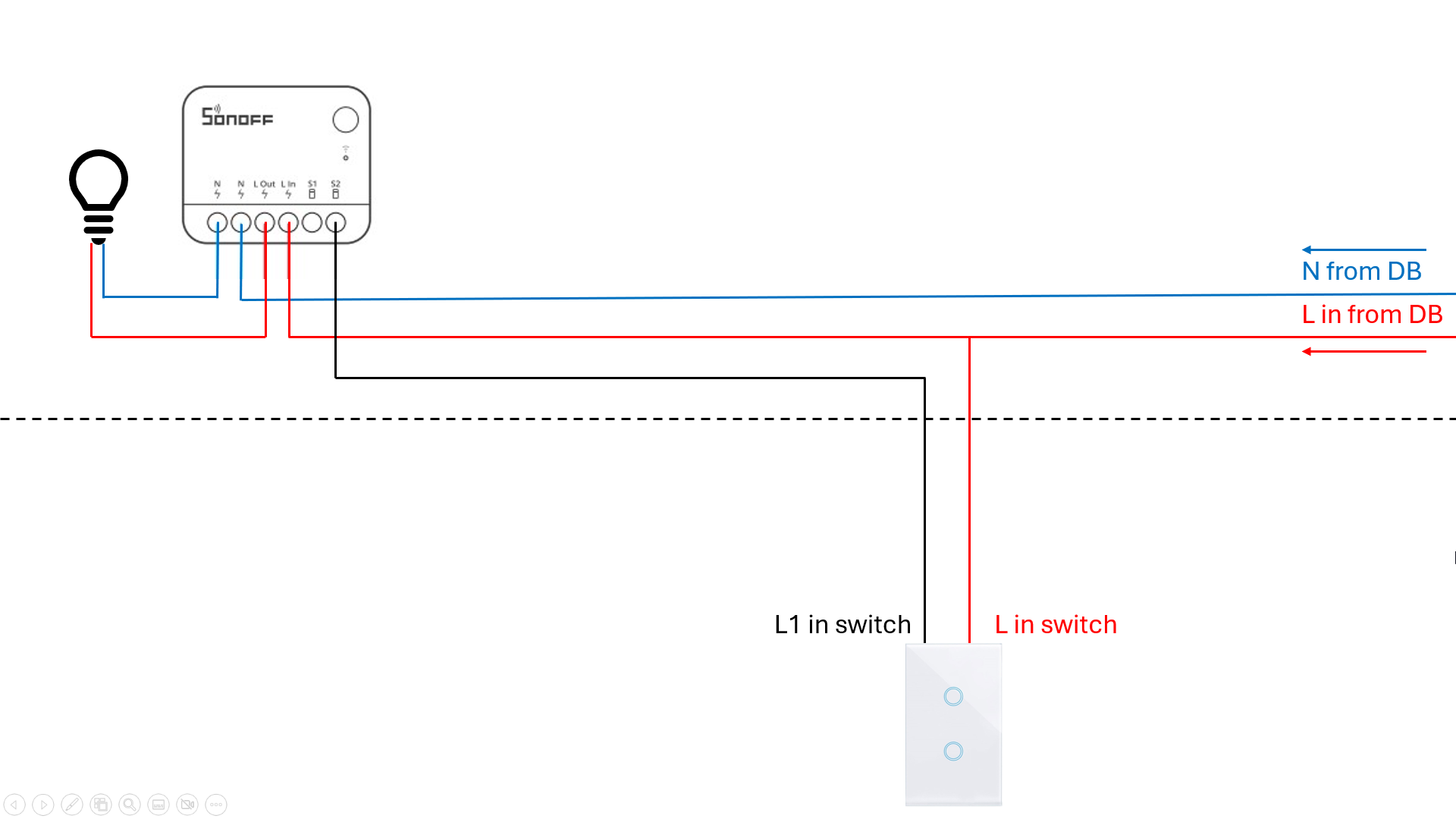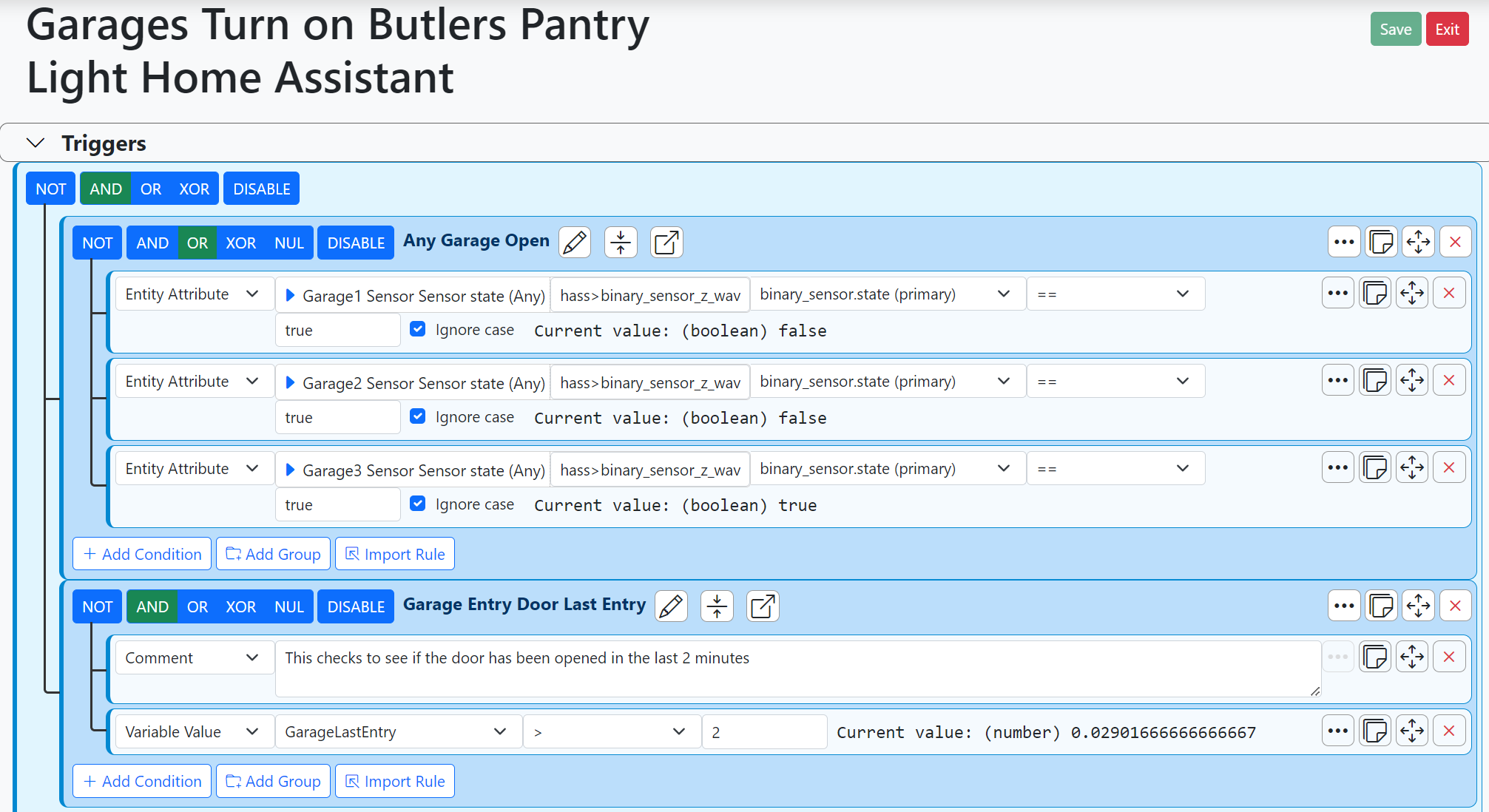Recover an ‘assumed bricked’ Vera Secure
-
Looking in the newmios-hooks.sh, file there is a line in there that says
PRESERVE_CMH_FILES="PK_AccessPoint HW_Key HW_Key2 zwave_locale cmh.conf servers.conf users.conf services.conf user_data.json.lzo"Which I assume means it expects them to be present, and to remain ?
I’m not very good at understanding the linux BASH/Shell language, but here looks to be the part where it’s used.
mios_pre_firmware_upgrade() { log "Running: mios_pre_firmware_upgrade" case $1 in backup_cmh_files) log "[MH]BACKUP CMH FILES: $PRESERVE_CMH_FILES in : $BACKUP_CMH_DIR" rm -rf $BACKUP_CMH_DIR mkdir -p $BACKUP_CMH_DIR cd ${CMH_DIR}/ cp -af $PRESERVE_CMH_FILES ${BACKUP_CMH_DIR}/ cd - ;; restore_cmh_files) log "[MH]RESTORE CMH FILES: $PRESERVE_CMH_FILES from : $BACKUP_CMH_DIR" [ -d "$BACKUP_CMH_DIR" ] && { cd ${BACKUP_CMH_DIR}/ cp -af $PRESERVE_CMH_FILES ${CMH_DIR}/ cd - } || log "[MH]BACKUP_CMH_DIR ($BACKUP_CMH_DIR) NOT FOUND. Unable to restore cmh files" ;; *) log "[MH]Deleting version dependent files from /etc/cmh: $DELETE_CMH_FILES" cd /etc/cmh/ rm $DELETE_CMH_FILES 2>/dev/null cd -The above refers to this location
BACKUP_CMH_DIR="/tmp/backup_cmh_dir"Can you see what’s in the above /tmp/backup_cmh_dir ?
Do you have a ‘backup’ file - if not in there perhaps one stored outside - you may be able to request it from Vera ?
-
There is nothing at /tmp/backup_cmh_dir. But I already have
ha-gateway-backup_XXXXXXXX_1.7.XXXX_2020-09-25.tgzbackup file. The vera restore page is not work also other interfaces too. What sould I do to restore the tgz backup file from ssh? How can I do that? -
This is all new ground to me, but if you can I’d have a look in the .tgz (compressed/zipped) file and see what’s in there.
-
Matther is not how to decompress .tgz file. How to restore with ssh? I hope @rafale77 or @toggledbits or another experienced user read here and teach us.
-
tgz files are very easy to decompress. I think it stands for tar-gzip. You can just untar it. (it's a standard linux tool)
tar -xzf ***.tgzThese decompress automatically on macOS.
You will likely find a few files including the user-data.json. I wrote a script back in the old times to manually backup and recover these files and I think one such automated script is in the vera firmware. It should help you move the files to the right folders. Unfortunately it's been a long while since I last tinkered with the vera.
-
You can put the file up on your Vera using scp (or a tool like WinSCP if you are starting from Windows). I would put it into
/storagefor the time being. Then run this:tar -C /tmp -x -v -z -f /storage/backup-file-full-name-here.tgzThis will de-tar the backup file into
/tmp, in a subdirectory calledetc(so full path is/tmp/etc/). You'll find several subdirectories within that (cmh,cmh-lu, and so on). You can copy the files you think you need one at a time, just make sure you copy them to the right place. -
I finally got around to connecting my PC to the VeraSecure via usb tty, to see what I could do - and I’ve posted some photos on the Vera forum - https://community.ezlo.com/t/can-the-veraplus-be-unbricked/204485/42
Currently I can’t seem to get a network connection, no IP address being provided to allow me to connect to anything, such as a tftp server, but..
Based on what I’ve posted, looking in the root of Vera, I have the following under storage, is this of any potential use ?
root@MiOS_5510000:/storage# ls -l drwxr-xr-x 2 root root 0 Jun 17 2018 cmh-backup drwxr-xr-x 5 root root 0 Jun 17 2018 cmh-firmwarecmh-backup was empty, but in cmh-firmware, i can see the following
drwxr-xr-x 2 root root 0 May 22 2018 1.7.3062 drwxr-xr-x 2 root root 0 Jun 17 2018 1.7.3535 drwxr-xr-x 2 root root 0 Jan 1 00:00 1.7.3832 -rw-r--r-- 1 root root 156 May 22 2018 error.log -rw-r--r-- 1 root root 162 Jun 17 2018 latest_firmware.confWithin the error.log, it seems to only say...
2018-05-22_15:12:38 - ERROR: Failed to copy MiOS Squashfs MD5SUM into jffs2 partition 2018-05-22_15:12:38 - ERROR: Mismatched md5sum of new Firmware Script -
Hi all,
Can anyone think of anything I should try to reinstall/restore the firmware?
As I don’t have access to it via an IP address on the network, I potentially could plug in a USB key to transfer or run any files ?
-
Hi @therealdb - yep and they finally got back to me..
It seems according to their records, the controller I picked up 2nd hand was declared defective and replaced a while back. And when this happens, and the hardware is not returned, a call is sent to the unit to deactivate it and it gets permanently banned from their servers. This means the controller will not connect anymore so it won’t pick up an updates and they are not allowed/able to provide support...
As I have command like access to it, I’m wondering what I can still do with it.
Any ideas anyone ?
-
That makes sense. One thing you can do with it is to not use it as a vera anymore and "nuke" it... Turning it into a zwave and zigbee radio host for another controller (homeseer, home assistant, domoticz). It is very likely that it was bricked due to a flash memory failure which is a sign that it would not have run reliably with any vera firmware anyway. You can look up my nuke vera script here:
I have run this way for quite sometime using the vera's zigbee hardware as a zigbee stick for home assistant's ZHA component and the same can be done with zwave using any other controller software.
-
Theoretically yes but I wouldn't know why. It has limited storage space which is poorly partitioned, runs on a very old version of openWRT OS and the CPU is weak. It would take you to recompile the controller to MIPs from source. Really not worth the trouble IMHO when computing power has become as cheap as it has.
-


